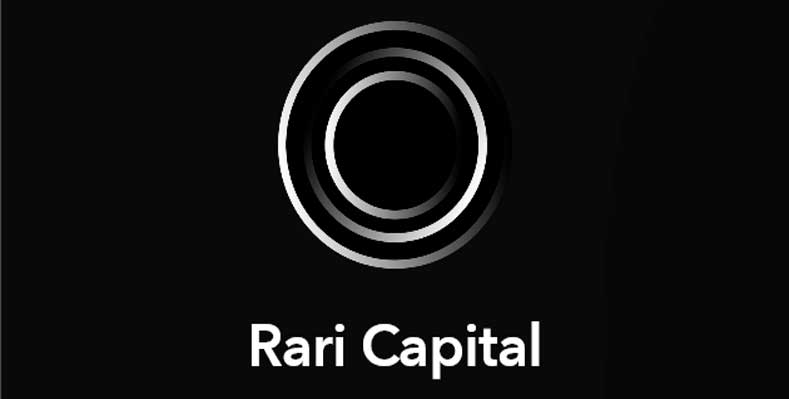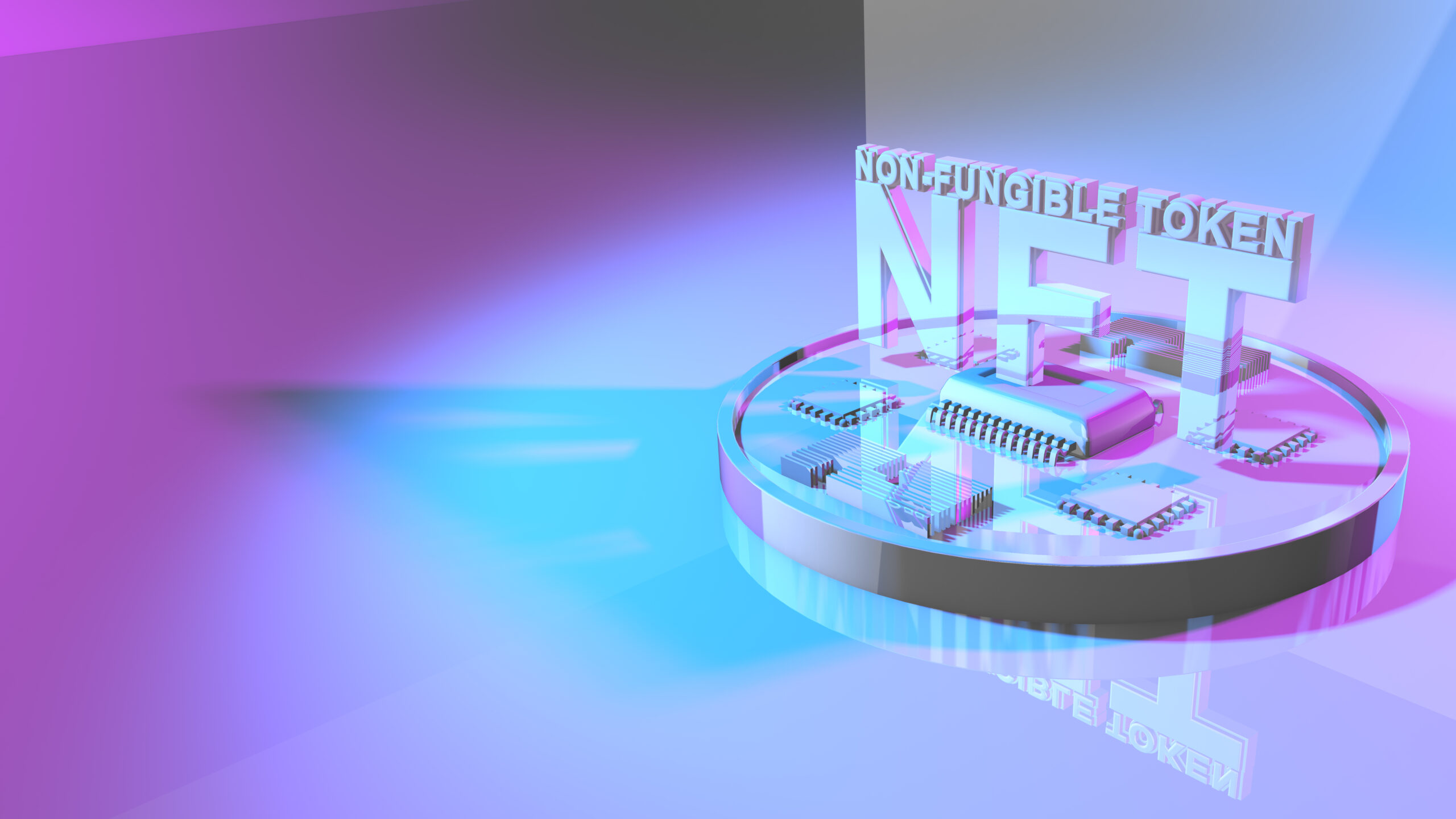Rari Capital (RGT): Risk-adjusted Yield Aggregator and Permissionless Money Market Protocol | Deep Dive
Review Date: February 25, 2021
Rari Capital is a yield aggregation protocol that seeks the highest yields across the DeFi ecosystem with different risk appetites and deploys capital accordingly. At this present time, Rari offers yield earning pools for stablecoins and ETH plus the access to Saffron Finance liquidity pools which split capital into tranches that allow for customized risk profiles.
Within the coming weeks Rari is launching Fuse a permissionless money market and Tanks a way of maintaining exposure to an asset but having the ability to borrow against it to participate in yield farming. The Rari team has a history of shipping fast and useful DeFi products which makes a contender across multiple DeFi application use cases.
Rari Capital Products
Earn
At this present time Rari Capital offers yield earning pools for stablecoins and ETH. So far they have integrated money market protocols such as Aave and compound, derivative protocols such as dYdX which offers a lending pool for margin trading and numerous other DeFi protocols such as YEarn Finance, Alpha Finance and mStable. The pools are the following [1]:
- Stable Pool: Rebalances USDC between dYdX, Compound, Aave and mStable. Integrated protocol smart contracts have all undergone a formal audit successfully ensuring minimal vulnerabilities.
- Yield Pool: Rebalances DAI, USDT, USDC and mUSD between dYdX, Compound, Aave, mStable and yVault. Has the ability to include riskier contracts with higher yield that has not undergone a formal audit.
- Eth pool: Rebalances ETH between dYdX (ETHUSDC lending pool), Compound (cETH money market), KeeperDAO, Aave, Alpha (ibETHv2 leverage yield farming).

The Stable and Yield pool both auto rebalance stablecoins across multiple DeFi protocols but the Stable pool is considered lower risk as the only contracts integrated are those that have been fully audited and from reputable protocols. The Yield pool is a higher risk yield farming pool which often includes higher APY farms but has the possibility of including unaudited smart contracts. Hence each product allows the user to choose the risk they want to incur when yield farming.
Tranches
Tranches are often used in traditional finance by creating a pool of securities such as bonds or mortgages that are divided up in segments based on risk and maturity. In respect to DeFi tranches can be considered as diversifying a liquidity pool into different protocols to protect against smart contract risk and variable APY.

Rari Capital has partnered with Saffron Finance to offer tranched products that protect against smart contract risk when yield farming. For example the S tranche in the DAI Compound liquidity pool deploys capital in the DAI money market on Compound Finance and the A tranche simply holds DAI as insurance for the S tranche [3]. Essentially partitioning a pool to hold insurance to protect against deployed funds. If you compare these products to traditional insurance such as Nexus mutual the cover requires an up-front cost whereas tranched products simply use a portion of the interest generated from deployed funds to pay insurers in tranche A.
Fuse: Permissionless Money Market
The primary focus behind Fuse is to enable a concept known as superfluid collateral into DeFi. Superfluid collateral is the concept that anything that has value can be borrowed against [4]. In CeFi banking institutions dictate what can be used as collateral for a loan for example offering one’s house as collateral to borrow against. DeFi aims to expand beyond that and allow any crypto-asset such as NFT’s, staked assets and derivatives to allow anyone to borrow using those assets as collateral.

At this present time money market protocols such as Aave and Compound require a protocol improvement proposal to add a money market for a crypto asset. Fuse is a ‘market for money markets’ meaning anyone is able to create a pool of assets with customizable parameters which in turn creates a money market [4]. Simply put Fuse will allow any individual to create a money market for any crypto asset.
Tanks
In addition to the launch of the Fuse money market Rari Capital has been hard at work on another interesting product they are calling Tanks. Tanks simply allow any crypto asset to be deposited and borrowed against that automatically begins earning yield in the Rari capital pools which seek the highest yield across the DeFi ecosystem.
This product will be incredibly useful for those who want to maintain exposure to an asset and do not want to sell that asset in order to earn yield. An example being a user wants to hold WBTC but requires USDC in order to enter a yield farming pool. The user simply deposits WBTC into the Rari Capital Tank smart contract and borrows USDC which is then automatically deployed in the Rari Capital pools.
On-Chain Data & Layer-2 Scalability
At the present time the total value locked (TVL) in Rari Capital is sitting at $18.15m but this is expected to drastically increase upon the launch of the Fuse permissionless money market [6]. The total fees generated by the protocol is $196k which 70% has been utilised by purchasing 568,717 RGT tokens from the open market and burning them [6]. The Stable, Yield and ETH pool APY has been consistent across time showing that the automatic rebalancing of assets between DeFi protocols to maximise yield offers more stable returns for liquidity providers.
Rari Capital is actively integrating with Optimism in order to reduce the gas fees that are associated with the complex transactions of deploying capital across multiple DeFi protocols. As Optimism mainnet becomes live early next month we can expect a successful L2 integration with Rari Capital in the coming weeks. Rari Capital is also aware of the problem associated with gas costs in migrating between layer-1 and layer-2 which they plan to solve via a direct fiat on-ramp to layer-2 wallets.
Tokenomics
RGT is a governance token used to communically dictate the direction of the Rari Capital protocol. The distribution of RGT was based on a 60-day liquidity mining scheme where 87.5% was distributed to depositors in the protocol and the remaining tokens were allocated to the team with a vesting schedule [7]. Additionally, the token can also serve as a governance proxy to other DeFi protocols such as COMP and BAL farmed via deploying capital into those protocols. Another utility feature is a discounted fee when interacting with any of the protocols smart contracts such as the earning pools.
Rari Capital implements a buy and burn token model in which 70% of protocol revenue is used to purchase RGT on the open market and burn which in turn decreases the supply [7]. The Tokenomics are subject to change and upon the launch of Fuse and Tanks are expected to offer significant improvements for distribution of value accrued in the protocol.
Summary
Rari Capital has proven itself to be a key innovator in yield aggregation and soon-to-be money markets that continually refines and ships new DeFi products. As the layer-2 narrative continues to emerge over the coming weeks and Rari Capital actively integrates Optimism and fiat on-ramps directly to layer-2 wallets we could see this low cap yield aggregator protocol stand out in the market. As Fuse launches and TVL increases we are expected to see greater amounts of protocol revenue to burn RGT further decreasing the supply as the layer-2 narrative catalyses demand.
References
- https://app.rari.capital/
- https://app.rari.capital/tranches
- https://andrecronje.medium.com/understanding-saffron-finance-7069bcaff00b
- https://medium.com/rari-capital/a-prelude-to-fuse-f0b3afab40c
- https://app.aave.com/markets
- https://medium.com/rari-capital/rari-capitals-week-9-track-60b369722b4d
- https://medium.com/rari-capital/announcing-rgt-the-long-term-yield-token-b2593502a7f3





